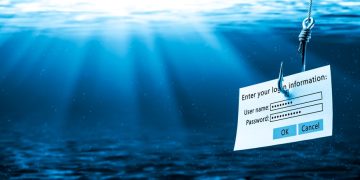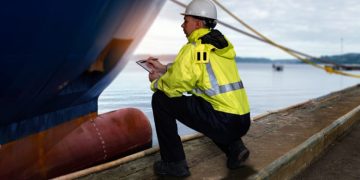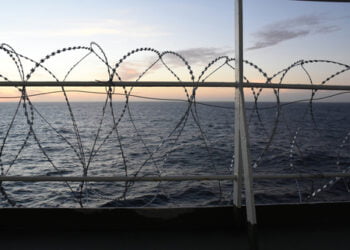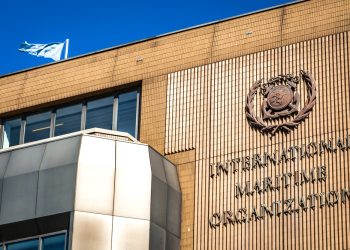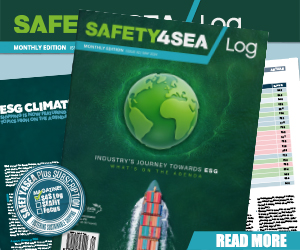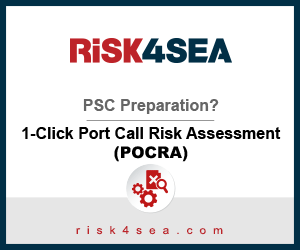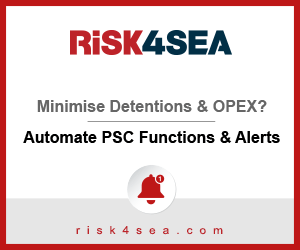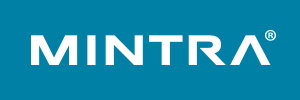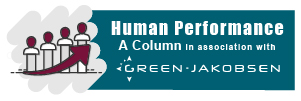The seventh session of the IMO’s Sub-Committee on Implementation of IMO Instruments (III 7) has brought no further clarity regarding on what basis authorities can determine that a ship’s fuel is non-compliant with MARPOL Annex VI sulphur limits, says IBIA.
IBIA had put in a paper seeking to protect ships from unreasonable debunkering demands by relevant authorities.
The submission urged member states to implement the amended sulphur verification procedures in appendix VI of MARPOL Annex VI, adopted by MEPC 75, to ensure consistent implementation of the 0.50% sulphur limit which has been in force since the start of 2020.
Appendix VI of the adopted amendment, “Verification procedures for a MARPOL Annex VI fuel oil sample” states that:
The following relevant verification procedure shall be used to determine whether the fuel oil delivered to, in use or carried for use on board a ship has met the applicable sulphur limit of regulation 14 of this Annex
Furthermore, Appendix VI goes on to provide two distinctly different procedures: Part 1 for the MARPOL delivered sample which it says “shall be used to verify the sulphur content of the fuel oil delivered to a ship” and Part 2 for in-use and onboard samples which it says “shall be used to verify the sulphur content of the fuel oil as represented by that sample of fuel oil at the point of sampling.”
Part 2 of the verification procedure for in-use and onboard sample takes into account the inherent uncertainty of the sulphur test method by recognising samples as having met the regulatory requirement as long as the test result does not exceed the limit +0.59R – also known as the 95% confidence interval.
If those procedures were always followed, we would have clarity. However, there have been cases where ships have been required to debunker after reporting to authorities that they have received a test result from their own fuel oil testing programme against ISO 8217 parameters, on the ship’s own sample, indicating a sulphur content marginally above 0.50%
states IBIA.
There have also been reports of authorities obtaining and testing in-use samples from ships and treating it as a non-compliant on the basis of a single test result above 0.50% sulphur, but within the 95% confidence interval, for example 0.51% or 0.52% sulphur.
In addition, IBIA believes that debunkering should only be required when it has been established, beyond reasonable doubt, that a ship is carrying fuel oil that exceeds the 0.50% sulphur limit.
This is why we also sought recognition that the 95% confidence principle should apply to fuel oil used and carried for use if, for any reason, an authority seeks to assess the ship’s compliance on the basis of a MARPOL delivered sample only, without obtaining an in-use or onboard sample to verify the ship’s compliance
What is more, when IBIA pressed for clarity on the legal question as to what basis PSC might take enforcement action against the ship, the view was that the issues we raised in document III 7/5/8 concerning discrepancies in the enforcement of the 0.50% sulphur limit were not under the purview of the III Sub-Committee and should be referred to an appropriate IMO body.
We are disappointed that we could not get the legal certainty we were seeking, in particular regarding the basis for demanding debunkering of fuel that may, if tested again at a different laboratory, prove to be compliant given the inherent uncertainty of the test method
Ideally, IBIA would want legal certainty that PSC must verify the ship’s non-compliance on the basis of obtaining and testing and in-use or onboard sample. However, we do not have that certainty.
However, there are some positives as many are supportive of the principle that debunkering should only be required when it has been established, beyond reasonable doubt, that a ship is carrying fuel oil that exceeds the 0.50% sulphur limit. Moreover, while some ships have faced debunkering demands that seem poorly justified, it does not appear to be widespread. Nevertheless, even a few such cases have caused considerable anxiety in the market.



















